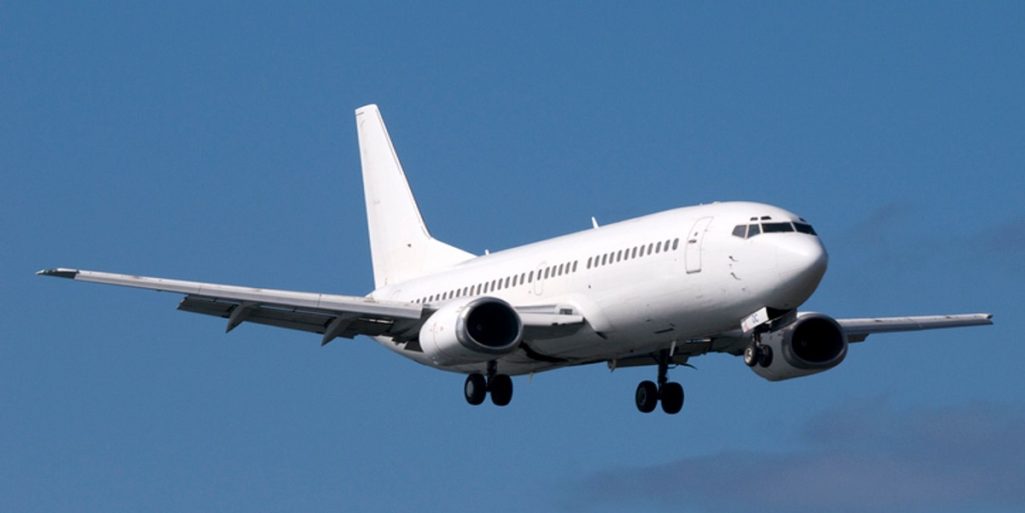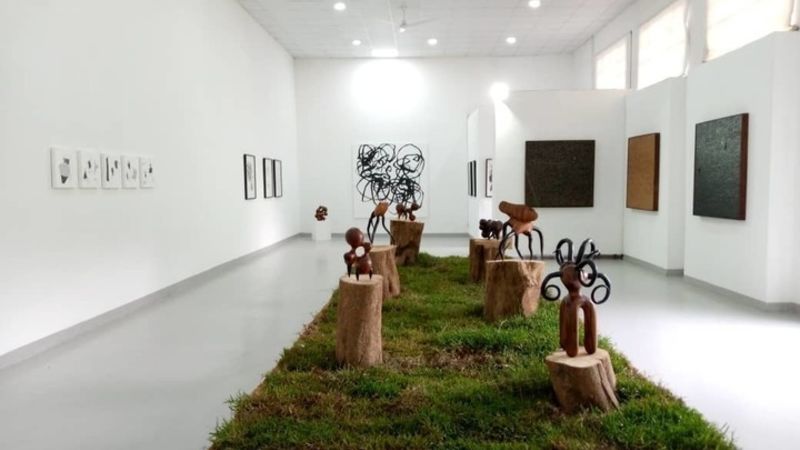Namibia Desert Horses On The Brink Of Extinction

Africa has rich wildlife. This is why tourists around the world are eager to visit the continent. Namibia has twenty-six parks and reserves of which the most famous is the Etosha National Park. There are at least 114 mammal species in this park. However, the future of Namibia’s desert horses hangs on the balance.
Two siblings, Anni Snyman and PC Janse Van Rensburg with the help of a group of volunteers made an engraving of a galloping Namibia desert horse on a stone on the plains of Klein-Aus Vista Lodge close to the Aus settlement. The engraving is in honor of the diminishing population of wild horses in the Karas region. The wild horses have become prey for predators. In reference to the geoglyph, Gondwana Collection Namibia said,
“It now gallops in stone, a grateful image of rewilding, freedom and, more importantly, hope for Namibia’s wild horses which are teetering on the brink.”
How the decline of Namibia desert horses started
In 2012, a pack of spotted hyenas moved into the area. Consequently, they began to prey on Namibia desert horses. This led to a sharp decline in their number from 286 to 79 in the last six years. Statistics show that in 2013 alone, hyenas killed 100 horses. Out of this staggering number, 50 were foals. No single wild horse foal has survived in the last five years. Consequently, the youngest foal is 7 years old.
It often takes a lone voice of wisdom to spark a long-lasting change. Snyman and Rensburg’s work has caught the attention of the environment and tourism ministry. Consequently, the ministry has come up with a plan to save the feral horses from extinction. The environment minister, Pohamba Shifeta is likely to endorse the plan before the end of June.
Previous works by Snyman and Rensburg
The wild horse carving is in the form of geoglyph measuring 100 x 150m. However, the wild Namibia desert horse is the third ‘earth drawing’ (geoglyph) by the siblings. Two of their previous geoglyph are in South Africa. They are a Riverine Rabbit in Loxton and a Snake Eagle in Matjiesfontein. Consequently, the siblings use their art to draw attention to endangered species.

Snyman and Rensburg rarely work alone. They work with a team of volunteers. However, the composition of the volunteers varies depending on the project. Synman is an artist who focuses on designing original geoglyph. Her brother Van Rensburg, on the other hand, is an architect and a visual artist. While Synman creates the image, Van Rensburg employs his architectural skills to provide perspective and scale. The Namibia desert horse project is part of the Site Specific Collective. Site Specific Collective is a land project that unites art and nature on a large scale.

Interesting facts about the Namibia desert horse project
Like other geoglyphs by Snyman and Rensburg, the Namibia desert horse can only be seen from an elevation. Consequently, the best spot is from the peak of the adjacent hill. The idea for the project began three years ago. It all began when Snyman and Rensburg visited the Klein-Aus Vista Lodge near Aus. The lodge is close to Namib Naukluft Park which houses some of the wild horses.
In June 2018, the volunteer team spent a week at Klein Aus Vista’s Geisterschlucht (Ghost Valley) cabin to mark out the Namibia desert horse using old fence droppers. In May 2019, the team replaced the droppers with 4,244 rocks from old fence lines to make the image clearer from above.







Responses